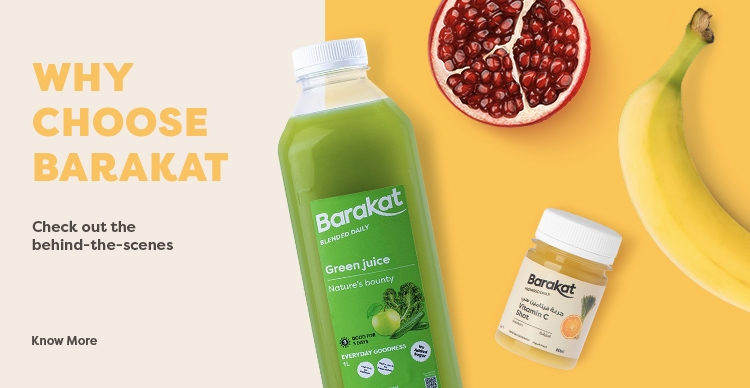With the advent of technology, everyday customs and practices have undergone substantial adjustments. Notably amongst these alterations is how we’ve encompassed online grocery delivery apps into our day-to-day existence. Rapidly evolving as key aspects in contemporary life, they’re redefining shopping patterns for necessities while revamping perspectives on practicality and productivity.

The Shift in Consumer Behavior
Long gone are the times when we’d spend countless hours maneuvering through food market passages, carefully picking out fruits & grocery items from racks. Nowadays, our approach to acquiring domestic essentials has been transformed by handy online grocery delivery applications. Their boom in popularity is no doubt due largely to their convenience factor. A few simple taps on a mobile device allow users an easy sweep through a massive selection of goods that they can add to their digital shopping carts and soon expect at their front door.
Convenience Redefined
The significance of online grocery delivery apps lies not just in the ease of shopping, but also in the time saved. In our fast-paced lives, time has become invaluable. These apps eliminate the need for physical trips to the store, freeing up valuable hours that can be redirected toward more meaningful pursuits. Suppose after a long day you want to enjoy a specific ice cream but do not have the stamina or will to go to a store, this is where these apps come in. Whether it’s busy parents, working professionals, or individuals with mobility constraints, these apps offer a lifeline by simplifying the arduous task of grocery shopping.
Expanding Variety and Accessibility
Moreover, online grocery delivery apps have broadened the spectrum of accessible products. They provide an extensive range of items, including fresh fruits like strawberry, pantry staples, specialty products, and even organic or locally sourced goods. This increased variety caters to diverse preferences and dietary requirements, ensuring that consumers can easily find what they need with just a few taps.
Environmental Impact and Sustainability
Beyond convenience and variety, the environmental impact of these apps cannot be overlooked. By consolidating deliveries and optimizing routes, they contribute to reducing individual carbon footprints. Additionally, some apps have implemented eco-friendly packaging practices, encouraging users to embrace sustainability while shopping for essentials.
Technological Advancements and Personalization
Technological advancement continually empowers these applications to provide unique, customized experiences. By analyzing algorithms and user engagement patterns, suggestions can be made regarding products in line with previous purchases, individual likes or dislikes, and dietary guidelines on salads, fruits, and vegetables. This degree of personalization improves client contentment by streamlining the shopping experience and making time more productive.
Community Impact and Local Support:
Online grocery delivery apps often collaborate with local retailers, farmers, and businesses. This collaboration not only promotes community support but also helps small-scale producers reach a broader audience. By facilitating the sale of locally sourced products like banana, mango, etc. these apps contribute to the growth of local economies, fostering a sense of community and supporting sustainable practices. Moreover, some apps offer options for users to donate or contribute to food banks or charitable organizations, encouraging social responsibility and aiding those in need within local communities.
Employment Opportunities and Gig Economy:
The burgeoning online food delivery apps have burgeoned job prospects, particularly amidst the gig economy. These platforms propose adaptable work setups, enabling people to serve as delivery associates either part-time or full-time. Such malleability has fortified numerous individuals – students, freelancers, and those in need of an extra paycheck – to benefit from these services. Having control over their timetable and functioning autonomously has made this appealing across diverse demographics, underpinning the expansion of the gig economy while providing substitute revenue channels across communities.
Challenges and Future Prospects
Problems like distribution strategies, maintaining product quality, and customer support can emerge compellingly, impacting the consumer experience. However, with technological evolution and firms’ pledges toward enhancement, these trials are continuously confronted and quelled.
Peering into what lies ahead conveys promising prospects for online grocery delivery applications. The trajectory of incorporating these services in everyday routine is projected to expand persistently. With technology advancing at an augmented pace, we may see groundbreaking innovations such as drone-powered deliveries or amplified virtual reality interfaces further transforming shopping experiences.
In conclusion, it’s impossible to ignore the surging significance of internet-based grocery delivery platforms in our daily lives. The combination of their user-friendly nature, easy access, wide product assortment, and capacity for customization has solidified them as a crucial element within contemporary existence. As such apps persistently innovate and mold themselves according to customer preferences, they’ll invariably play an increasingly significant role in altering how we shop day-to-day.